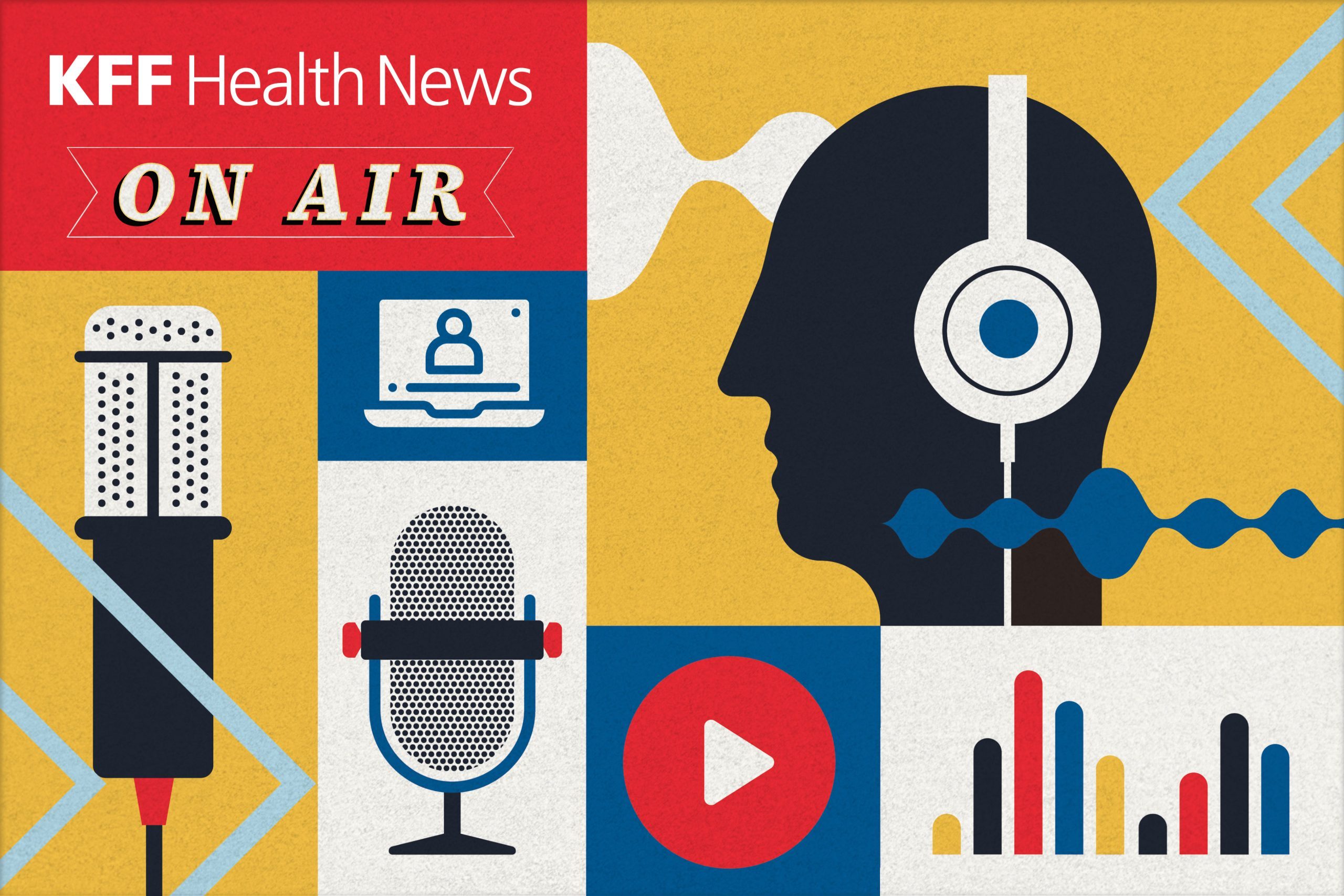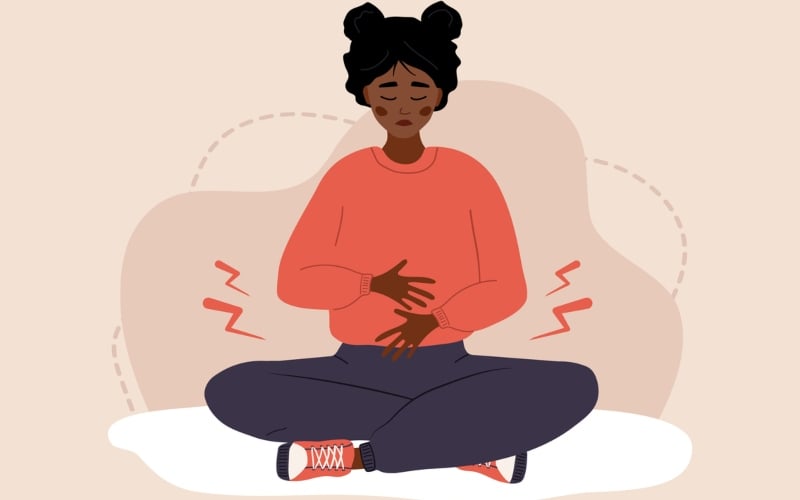By Bert Gambini-Buffalo
The findings, published in the journal Demography, suggest blanket increases across multiple measures, with pain rising in every adult age group, in every demographic group, and at every site of pain for which data exists.
People today experience more pain than people of the same age in earlier decades. In fact, each subsequent birth group is in greater pain than the one that came before it.
“We looked at the data from every available perspective including age, gender, race, ethnicity, education, and income, but the results were always the same: There was an increase in pain no matter how we classified the population,” says coauthor Hanna Grol-Prokopczyk, associate professor of sociology in the University at Buffalo.
“You might think that with medical advances we’d be getting healthier and experiencing less pain, but the data strongly suggest the exact opposite,” Grol-Prokopczyk says.
What’s behind the pain trend?
While some other recent research has examined trends in chronic pain, those earlier studies focused on narrower age groups, usually people over age 50. The current paper examines a more comprehensive range of adults, aged 25-84. In addition, it relies on the 2002-20018 National Health Interview Survey (NHIS)—a nationally representative data set with more than 441,000 participants—to show how pain, which was already alarmingly high at the start of the research period in 2002, increased substantially based on annual data over 16 years.
In the United States, chronic pain affects more people and has a greater economic cost than heart disease, diabetes, and cancer combined, says Grol-Prokopczyk, a medical sociologist and an expert in chronic pain.
“It’s important for policymakers to understand trends in chronic pain so we can wisely and appropriately invest resources in research and treatment,” says Grol-Prokopczyk. “We hope this paper can help illustrate the issue.”
In addition to revealing trends, the paper also provides a glimpse of what might be causing the increase.
The information necessary for a detailed explanation isn’t part of the NHIS data set, but the researchers did look at a host of variables to determine which ones were most closely associated with the pain trends.
In the oldest age group (65-84), physical health conditions such as body mass index (BMI), hypertension, diabetes, and kidney conditions correlate most with increases in pain. While BMI again surfaces as a correlate in young and middle-aged people, distress and alcohol use also have strong associations with chronic pain trends in these age groups.
“What we’re seeing in the younger age groups demonstrates how pain in some ways functions as much as a mental health problem as it does a physical health problem,” says Grol-Prokopczyk. “Pain can be exacerbated by stress, and stress can bring about alcohol use.”
Leading cause of disability
The paper’s findings are so robust that they inspire questions about why chronic pain hasn’t previously been a larger part of the national dialogue on the country’s biggest health challenges.
Information on cancer mortality is readily available. There is plenty of research on obesity and other health concerns, but until approximately five years ago there were no national studies on general chronic pain trends, according to Grol-Prokopczyk.
“It’s likely that the opioid epidemic brought about some awareness of the importance of pain,” says Grol-Prokopczyk. “The timing of the opioid crisis’ arrival suggests that it began to open the public’s eyes to the problem.”
What’s clear is that chronic pain is having a profoundly detrimental effect on the US population and demands closer monitoring by public health officials.
“Pain is a leading cause of disability and there is evidence that pain has an impact on life expectancy,” she says. “So the problem is one not only affecting quality of life, but potentially even quantity of life.”
Additional coauthors are from Mount St. Vincent University and Western University.
Source: University at Buffalo
—
This post was previously published on Futurity.org and is republished here under a Creative Commons license.
***
You Might Also Like These From The Good Men Project
 Compliments Men Want to Hear More Often
Compliments Men Want to Hear More Often  Relationships Aren’t Easy, But They’re Worth It
Relationships Aren’t Easy, But They’re Worth It  The One Thing Men Want More Than Sex
The One Thing Men Want More Than Sex  ..A Man’s Kiss Tells You Everything
..A Man’s Kiss Tells You Everything Join The Good Men Project as a Premium Member today.
All Premium Members get to view The Good Men Project with NO ADS.
A $50 annual membership gives you an all access pass. You can be a part of every call, group, class and community.
A $25 annual membership gives you access to one class, one Social Interest group and our online communities.
A $12 annual membership gives you access to our Friday calls with the publisher, our online community.
Register New Account
Log in if you wish to renew an existing subscription.
Username
First Name
Last Name
Password
Password Again
Choose your subscription level
- Yearly - $50.00 - 1 Year
- Monthly - $6.99 - 1 Month
Credit / Debit Card PayPal Choose Your Payment Method
Auto Renew
Subscribe to The Good Men Project Daily Newsletter By completing this registration form, you are also agreeing to our Terms of Service which can be found here.Need more info? A complete list of benefits is here.
—
Photo credit: iStock
The post Chronic Pain in the US Has Gotten ‘Substantially Worse’ appeared first on The Good Men Project.
Original Article










